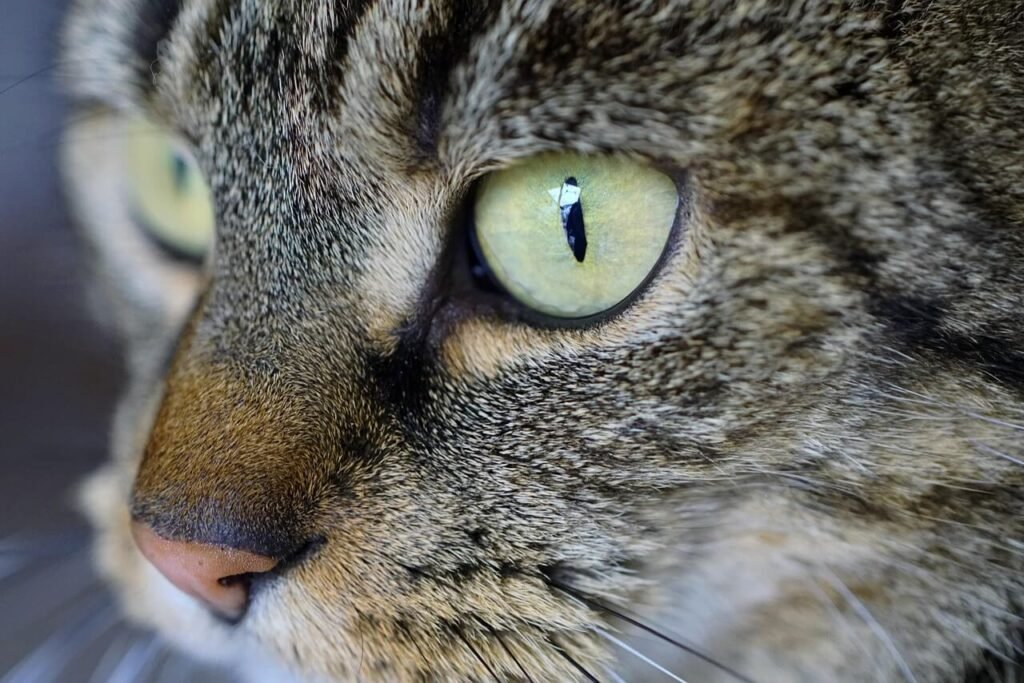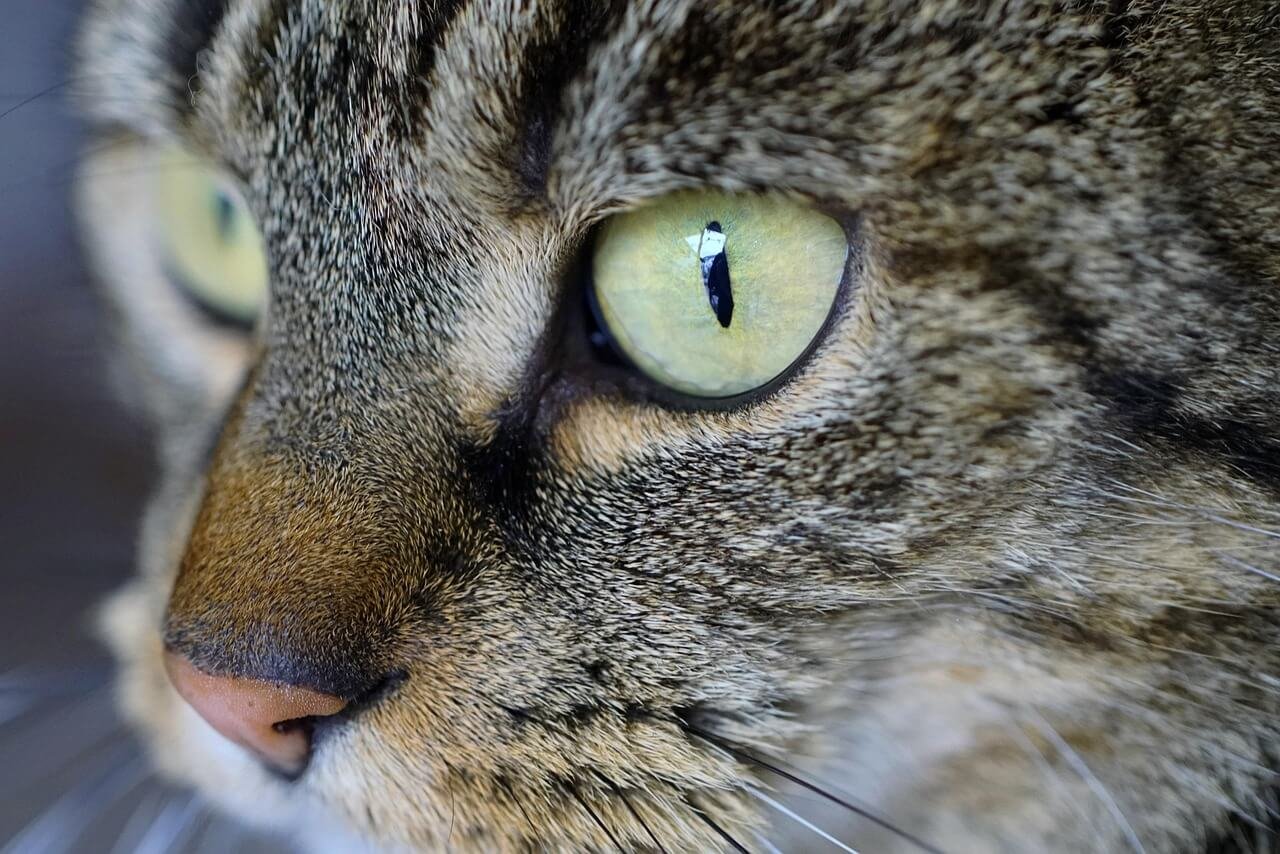Domestic Shorthair Cat vs American Shorthair: What’s the Difference?
When it comes to choosing a feline companion, many cat lovers find themselves drawn to short-haired breeds due to their low-maintenance coats and friendly personalities. Two popular options are the Domestic Shorthair and the American Shorthair. While these cats may look similar at first glance, they have distinct differences in terms of history, appearance, temperament, and care needs. Understanding these distinctions can help you decide which breed is the best fit for your lifestyle. In this blog post, we’ll explore everything you need to know about Domestic Shorthairs and American Shorthairs, from their origins to their unique traits, so you can make an informed decision about welcoming one into your home.
Key Differences Between Domestic Shorthair Cats and American Shorthair Cats
While both Domestic Shorthairs and American Shorthairs share similarities in their sleek coats and charming personalities, several key differences set them apart. Here’s a breakdown of what makes each breed unique.
Breed Classification:
The Domestic Shorthair is not a specific breed but rather a general term for mixed-breed cats with short fur. In contrast, the American Shorthair is a recognized purebred cat with a documented lineage.Physical Appearance:
Domestic Shorthairs come in a wide variety of sizes, colors, and patterns, as they lack standardized breeding. American Shorthairs, however, have a consistent muscular build and distinctive silver tabby coat.Temperament Variability:
Domestic Shorthairs often exhibit unpredictable temperaments due to their mixed ancestry. American Shorthairs, on the other hand, are known for their calm, affectionate, and adaptable nature.Health Considerations:
Because Domestic Shorthairs are mixed-breed, they tend to have fewer genetic health issues compared to purebreds. American Shorthairs are generally healthy but may be prone to conditions like hypertrophic cardiomyopathy.Adoption Availability:
Domestic Shorthairs are abundant in shelters and rescues, making them a more accessible option. American Shorthairs are less common and typically acquired through reputable breeders.
These differences highlight why it’s important to consider your preferences and circumstances when choosing between these two types of cats.
Personality Traits of Domestic Shorthair Cats vs American Shorthair Cats
Both Domestic Shorthairs and American Shorthairs make wonderful pets, but their personalities can vary significantly. Understanding their temperaments will help you determine which cat aligns better with your household dynamics.
Domestic Shorthair Energy Levels:
Domestic Shorthairs often display a wide range of energy levels, depending on their genetic mix. Some are playful and active, while others are laid-back couch potatoes.American Shorthair Temperament Consistency:
Known for their even-tempered nature, American Shorthairs are typically easygoing, loyal, and enjoy spending time with their human companions.Social Behavior in Domestic Shorthairs:
Due to their mixed heritage, Domestic Shorthairs may vary in how social or independent they are, requiring individual assessment before adoption.American Shorthair Adaptability:
American Shorthairs adapt well to different living environments, whether in apartments or larger homes, and thrive with moderate attention.Interaction with Children and Pets:
Both breeds can coexist peacefully with children and other animals, but American Shorthairs are often praised for their patience and friendliness.
By considering these personality traits, you can choose a cat whose temperament complements your family’s lifestyle.
Check this guide 👉Bombay Cat vs Black Cat: Best 7 Expert Tips!
Check this guide 👉Norwegian Forest Cat vs Maine Coon: Best 7 Expert Tips!
Check this guide 👉Maine Coon Cat Size vs Domestic Cat: Best 7 Expert Tips!

Domestic Shorthair Cat | American Shorthair Cat |
|---|---|
Mixed-breed with no standardized lineage | Recognized purebred with documented history |
Wide variety of colors and patterns | Distinctive silver tabby coat |
Variable temperament based on genetics | Calm, affectionate, and predictable nature |
Often adopted from shelters or rescues | Typically acquired through breeders |
Generally healthier due to mixed genes | Prone to certain breed-specific conditions |
Care Requirements for Domestic Shorthairs vs American Shorthairs
Caring for a Domestic Shorthair or an American Shorthair involves understanding their unique needs. While both breeds are relatively low-maintenance, there are subtle differences worth noting.
Grooming Needs for Domestic Shorthairs:
Their short coats require minimal grooming—weekly brushing is usually sufficient to reduce shedding and keep their fur shiny.American Shorthair Coat Maintenance:
Similarly, American Shorthairs have low grooming demands, but regular brushing helps minimize hairballs and maintains their thick coat.Exercise and Playtime for Domestic Shorthairs:
Domestic Shorthairs benefit from interactive toys and play sessions, especially if they’re energetic individuals.Activity Level of American Shorthairs:
Though moderately active, American Shorthairs prefer shorter bursts of play followed by long naps, fitting well into quieter households.Dietary Considerations for Both Breeds:
Both cats thrive on high-quality diets tailored to their age, weight, and activity level. Obesity prevention is crucial, particularly for American Shorthairs.
Understanding these care requirements ensures that your chosen cat remains happy and healthy throughout its life.
Choosing Between a Domestic Shorthair and an American Shorthair
Deciding between a Domestic Shorthair and an American Shorthair ultimately depends on your personal preferences, lifestyle, and priorities. Here are some factors to guide your decision.
Budget Considerations:
Adopting a Domestic Shorthair from a shelter is usually more affordable than purchasing an American Shorthair from a breeder.Desire for Predictability:
If you value consistency in appearance and temperament, the American Shorthair might be the better choice.Supporting Rescue Efforts:
Opting for a Domestic Shorthair supports animal rescue organizations and gives a loving home to a cat in need.Long-Term Commitment:
Both breeds live 15+ years, so ensure you’re ready for the lifelong commitment of caring for either type of cat.Family Dynamics:
Consider whether your household includes children, seniors, or other pets, as this can influence which breed suits your situation best.
By weighing these factors, you can confidently select the perfect feline companion for your home.
Health and Lifespan Comparison
Both Domestic Shorthairs and American Shorthairs are known for their longevity, but their health profiles differ slightly. Here’s a closer look at what to expect.
Lifespan of Domestic Shorthairs:
Thanks to their mixed genetics, Domestic Shorthairs often live 15-20 years with proper care.Lifespan of American Shorthairs:
American Shorthairs also enjoy long lives, typically reaching 15-18 years, provided they receive routine veterinary care.Common Health Issues in Domestic Shorthairs:
Mixed-breed cats like Domestic Shorthairs are less prone to inherited diseases but may still face obesity-related problems.Genetic Conditions in American Shorthairs:
This breed is susceptible to hypertrophic cardiomyopathy (HCM), a heart condition that requires monitoring.Preventive Care Tips for Both Breeds:
Regular vet check-ups, a balanced diet, and adequate exercise are essential for maintaining optimal health in both types of cats.
Understanding these health aspects allows you to provide the best possible care for your furry friend.
Cost of Ownership
Owning a cat involves financial considerations beyond adoption fees. Here’s a breakdown of potential costs associated with Domestic Shorthairs and American Shorthairs.
Initial Adoption Costs:
Domestic Shorthairs are often inexpensive or free to adopt from shelters, while American Shorthairs can cost hundreds to thousands of dollars from breeders.Veterinary Expenses:
Routine vet visits, vaccinations, and spaying/neutering apply to both breeds, though purebreds may incur higher medical costs due to genetic testing.Food and Supplies:
High-quality food, litter, toys, and grooming tools are necessary expenses for either breed.Insurance Options:
Pet insurance can offset unexpected medical bills, though premiums vary based on coverage plans.Lifetime Financial Commitment:
Over their lifetimes, both breeds require a significant investment in care, making budgeting an essential part of responsible ownership.
Being financially prepared ensures you can provide the best life for your cat without stress.
Fun Facts About Domestic Shorthairs and American Shorthairs
Both Domestic Shorthairs and American Shorthairs have fascinating histories and unique quirks. Here are some fun facts to deepen your appreciation for these amazing cats.
Domestic Shorthairs Are the Most Common Cats in the U.S.:
These versatile felines dominate shelters and homes across America, accounting for the majority of pet cats.American Shorthairs Were Brought to North America on Ships:
Early settlers valued these hardy cats for controlling rodent populations aboard ships and in colonies.Domestic Shorthairs Come in Endless Patterns:
From tabbies to calicos, Domestic Shorthairs showcase an incredible diversity of markings and colors.American Shorthairs Excel at Mouse Hunting:
Despite their relaxed demeanor, they retain their ancestors’ impressive hunting skills.Both Breeds Are Great Lap Cats:
Whether purebred or mixed, these cats adore snuggling up with their humans after a long day.
These fun facts highlight the charm and versatility of Domestic Shorthairs and American Shorthairs, making them even more endearing companions.
Frequently Asked Questions About Domestic Shorthair and American Shorthair Cats
Are Domestic Shorthairs and American Shorthairs the same breed?
No, Domestic Shorthairs are mixed-breed cats, while American Shorthairs are purebred with a defined lineage.
Which breed is better for families with kids?
Both breeds can do well with kids, but American Shorthairs are often praised for their patient and gentle demeanor.
Do they shed a lot?
Both breeds shed moderately, but regular grooming can help manage loose hair and reduce shedding.
How much exercise do they need?
Domestic Shorthairs vary in activity levels, while American Shorthairs are moderately active and enjoy occasional playtime.
Can I adopt an American Shorthair from a shelter?
While rare, some shelters may have American Shorthairs available for adoption, though most are acquired through breeders.
Finding Your Perfect Feline Companion
Whether you choose a Domestic Shorthair or an American Shorthair, both breeds offer incredible companionship, love, and joy. The decision ultimately comes down to your preferences, lifestyle, and willingness to embrace the unique qualities each cat brings to your home. By understanding their differences in history, appearance, temperament, and care needs, you can make an informed choice that ensures a harmonious match. Regardless of which feline friend you bring into your life, one thing is certain—you’re gaining a loyal and loving companion who will enrich your days with purrs and cuddles.
Understanding Bone Supplement for Cats: Best 7 Expert Tips! – Safe, vet-approved guidance for strong feline bones & balanced nutrition.
Bone Supplement for Dogs: Best 7 Expert Tips! – Expert guide to calcium, collagen & bone health for every life stage.
Understanding Can Cats Get Sunburn: Best 7 Expert Tips! – Protect your feline from UV damage with vet-backed prevention strategies.
How to Train a Seizure Alert Dog: Best 7 Expert Tips! – Learn expert-backed steps to nurture natural instincts into reliable, life-saving seizure alerts.





